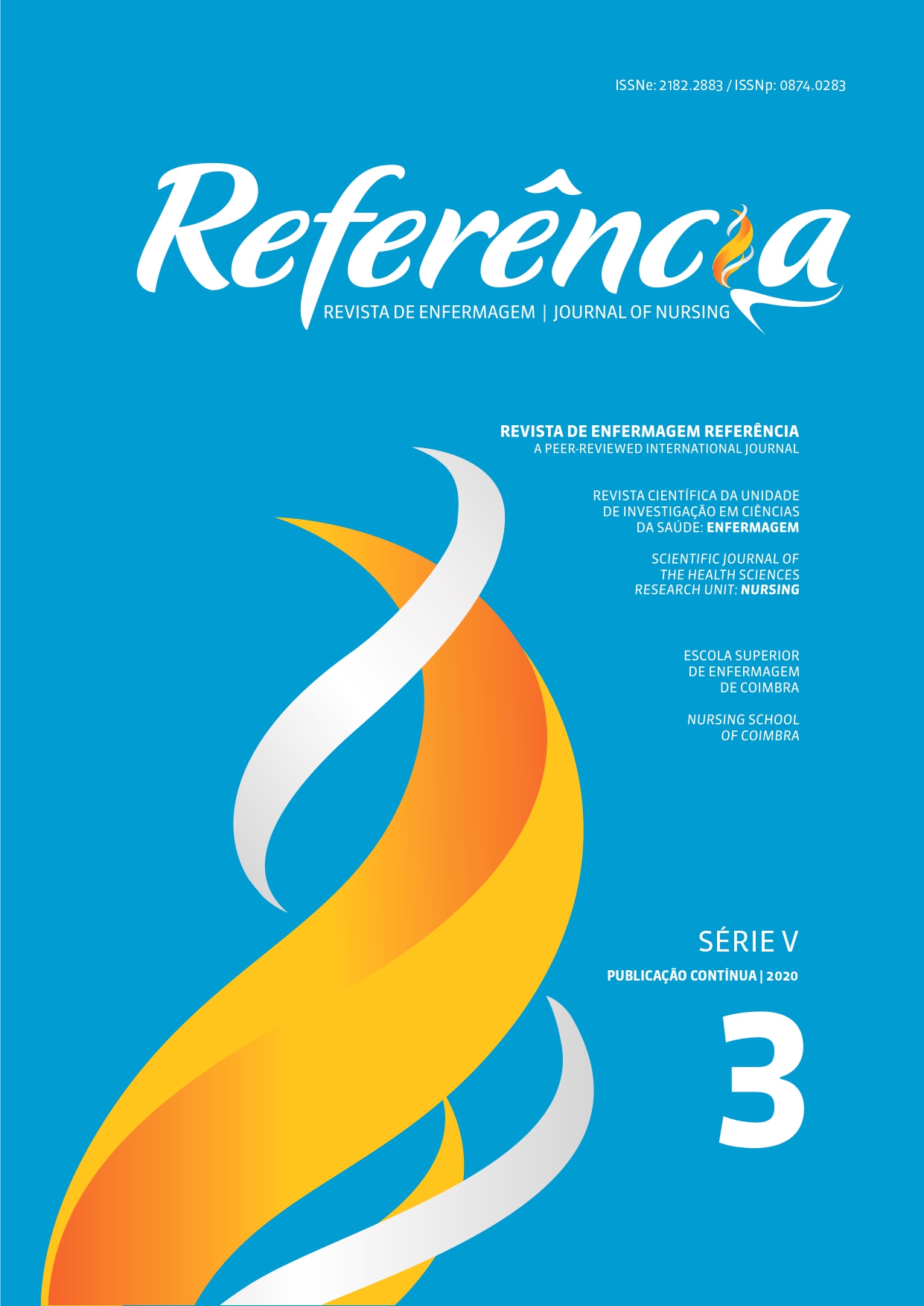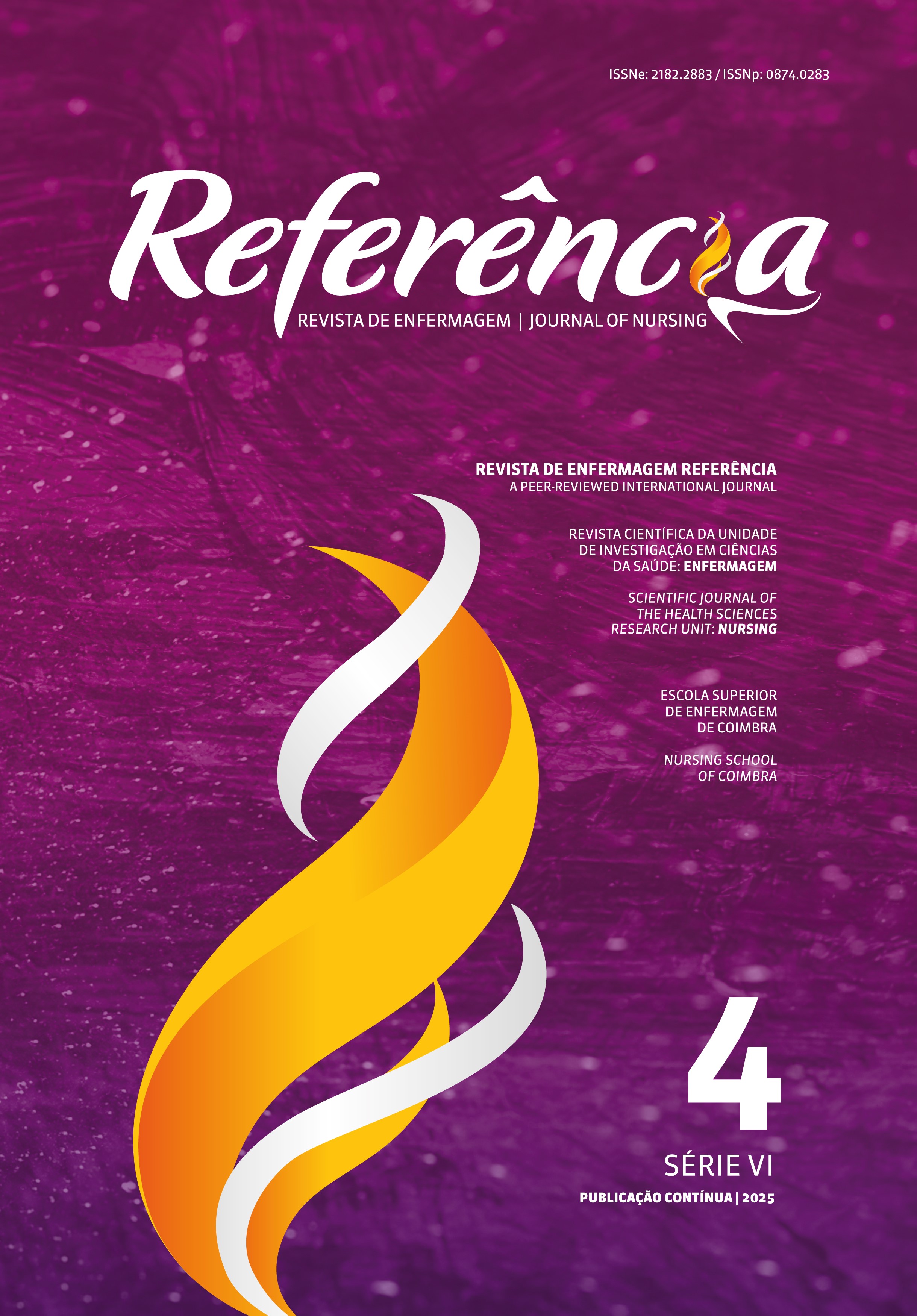Preliminary study of the Portuguese version of the Childbirth Fear Prior to Pregnancy Scale in a sample of university students
DOI:
https://doi.org/10.12707/RV20002Keywords:
fear, parturition, pregnancy, education, psychometricsAbstract
Background: Childbirth is feared by both women and men, leading to increased elective caesarean section rates and medicalization. Although it is most feared during pregnancy, its assessment in non-pregnant populations contributes to an early intervention.
Objective: To translate, adapt, and test the psychometric properties of an instrument to measure childbirth fear prior to pregnancy in non-pregnant populations.
Methodology: Methodological study, forward-backward translation, and psychometric analysis (reliability and validity) of the Portuguese version of the Childbirth Fear Prior to Pregnancy Scale (EMPAG). Both the EMPAG and the Portuguese version of the 21-item Anxiety, Depression and Stress Scale (EADS-21) were applied.
Results: The adapted version of the scale, which was applied to 327 university students, met the criteria of semantic, idiomatic, experiential, and conceptual equivalence and had good internal consistency (α = 0.88) and temporal stability. It consists of 10 items and is explained by 3 factors, without correlation with the EADS-21.
Conclusion: The preliminary study of the EMPAG showed good psychometric qualities. It is suggested that the sample should be larger to support the results obtained in this study.
Downloads
References
Borsa, J., Damasio, B., & Bandeira, D. (2012). Adaptacao e validação de instrumentos psicologicos entre culturas: Algumas consideracoes. Revista Paidéia, 22(53), 423-432. doi:10.1590/1982-43272253201314
Demsar, K., Svetina, M., Verdenik, I., Tul, N., Blickstein, I., & Velikonja, V. (2018). Tokophobia (fear of childbirth): Prevalence and risk factors. Journal Perinatal Medicine, 46(2), 151-154. doi:10.1515/jpm-2016-0282
Hauck, Y., Stoll, K., Hall, W., & Downie, J. (2016). Association between childbirth attitudes and fear on birth preferences of a future generation of Australian parents. Women and Birth, 53(2), 1-7. doi:10.1016/j.wombi.2016.05.001
Larkin, P., Begley, C., & Devane, D. (2017). Women´s preferences for childbirth experiences in the Republic of Ireland: A mixed methods study. BMC Pregnancy and Childbirth, 17(19), 1-10. doi:10.1186/s12884-016-1196-1
McCants, B., & Greiner, J. (2016). Prebirth Education and Childbirth Decision Making. International Journal of Childbirth Education, 31(1), 24-27.
Martins, C. (2011). Manual de análise de dados quantitativos com recurso ao IBM SPSS. Braga, Portugal: Psiquilibrios Edicoes.
Nilsson, C., Hessman, E., Sjoblom, H., Dencker, A., Jangsten, E., Mollberg, M.,… Begley, C. (2018). Definitions, measurements and prevalence of fear of childbirth: A systematic review. BMC Pregnancy and Childbirth, 18(28), 1-15. doi:10.1186/s12884-018-1659-7
Oviedo, H., & Campo-Arias, A. (2005). Metodologia de investigacion y lectura critica de estudios: Aproximacion al uso del coeficiente alfa de Cronbach. Revista Colombiana de Psiquiatria, 34(4), 572-580.
Pais-Ribeiro, J. L., Honrado, A., & Leal, I. (2004). Contribuicao para o estudo da adaptacao Portuguesa das Escalas de Ansiedade, Depressao e Stress (EADS) de 21 itens de Lovibond e Lovibond. Psicologia, Saúde & Doenças, 5(2), 229-239. Recuperado de http://www.scielo.mec.pt/scielo.php?script=sci_abstract&pid=S1645-00862004000200007&lng=pt&nrm=iso
Pasquali, L. (2007). Validade dos Testes Psicologicos: Sera Possivel Reencontrar o Caminho?. Psicologia: Teoria e Pesquisa, 23(4), 99-107. doi: 10.1590/S0102-37722007000500019
Ribeiro, J. (2010). Investigação e avaliação em psicologia e saúde (2ª ed.). Lisboa, Portugal: Placebo.
Ryding, E., Lukasse, M., Parys, A., Wangel, A., Karro, H., Kristjansdottir, H., … Schei, B. (2015). Fear of childbirth and risk of cesarean delivery: A cohort study in six European Countries. BIRTH, 42(1), 48 -55. doi:10.1111/birt.12147
Stoll, K., Fairbrother, N., Carty, E., Jordan, N., Miceli, C., Vostrcil, Y., & Willihnganz, L. (2009). “It´s all the rage these days”: University Students´ attitudes toward vaginal and cesarean birth. BIRTH, 36(2), 133-140. doi:10.1111/j.1523-536X.2009.00310.x
Stoll, K., & Hall, W. (2013). Attitudes and preferences of young women with low and high fear of childbirth. Qualitative Health Research, 23(11), 1495-1505. doi: 10.1177/1049732313507501
Stoll, K., Hall, W., Janssen, P., & Carty, E. (2014). Why are young Canadians afraid of birth? A survey study oh childbirth fear and birth preferences among Canadian University students. Midwifery, 30(8), 220-226. doi:10.1016/j.midw.2013.07.017
Stoll, K., Hauck, Y., Downe, S., Edmonds, J., Gross, M., Malott, A., … Hall, W. (2016). Cross-cultural development and phychometric evaluation of a measure to assess fear of childbirth prior to pregnancy. Sexual and Reproductive Healthcare, 20(1), 1-6. doi:10.1016/j.srhc.2016.02.004
Storksen, H., Garthus-Niegel, S., Adams, S., Vangen, S., & Eberhard-Gran, M. (2015). Fear of childbirth and elective caesarean section: A population-based study. BMC Pregnancy & Childbirth, 15(221), 1-10. doi:10.1186/s12884-015-0655-4
Thomson, G., Stoll, K., Downe, S., & Hall, W. (2017). Negative impressions of childbirth in a North-West England student population. Journal of Psychosomatic Obstetrics & Gynecology, 38(1), 37-44. doi:10.1080/0167482X.2016.1216960






















